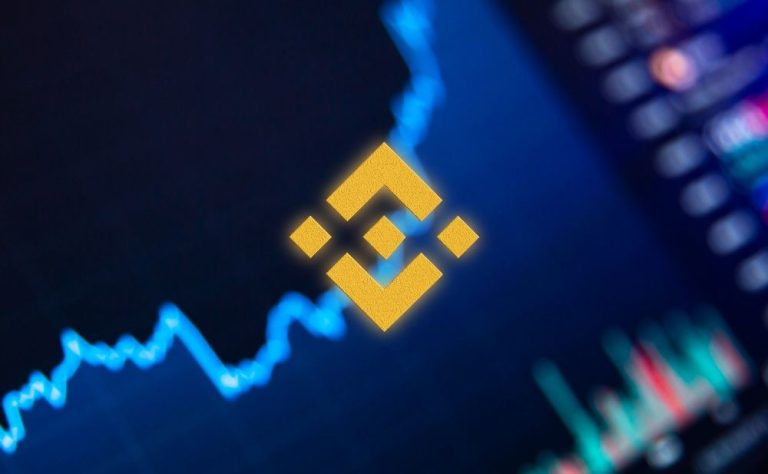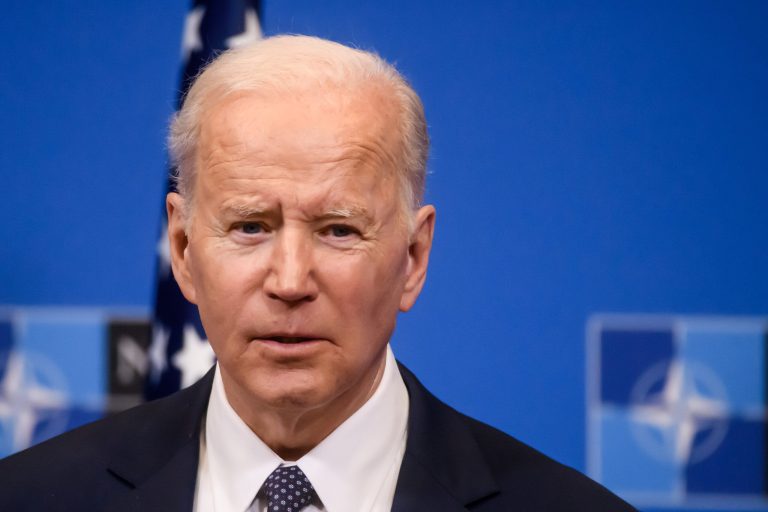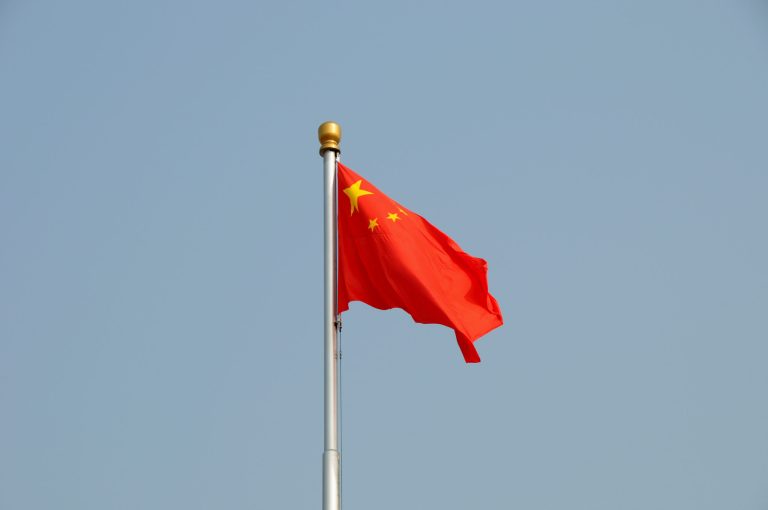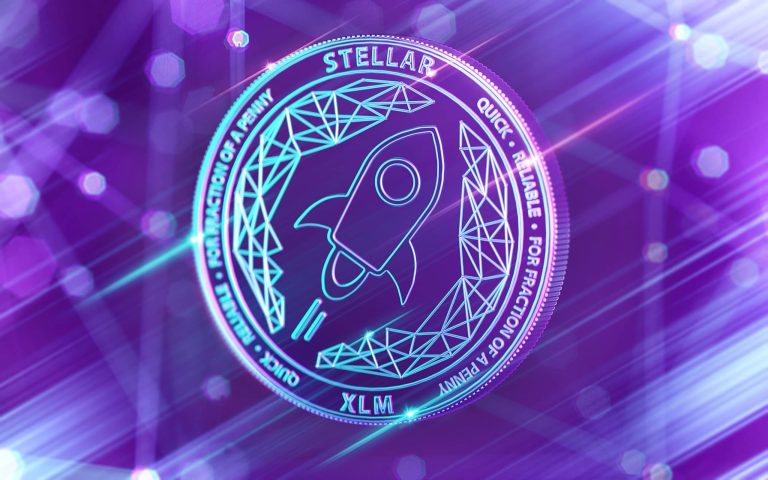President Joe Biden has reportedly decided to block Nippon Steel’s proposed $15 billion acquisition of US Steel, according to the Washington Post on Thursday, citing unnamed administration officials unauthorized to discuss the matter publicly.
Earlier, the Committee on Foreign Investment in the United States (CFIUS) referred the matter to the President after failing to reach a consensus.
Nippon Steel had urged Biden to consider the measures it has taken to address security concerns.
“We have made significant commitments to grow US Steel and ensure national security is safeguarded,” the company had stated.
US Steel had echoed the sentiment, emphasizing that the deal enhances both US economic and national security.
Nippon Steel now faces a hefty $565 million penalty to US Steel.
The company may pursue legal action against the US government as the merger is blocked.
The acquisition is pivotal to Nippon Steel’s expansion strategy, which aims to increase its global steel production capacity from 65 million metric tons to 85 million tons annually.
The company views the merger as a cornerstone to achieving its long-term goal of surpassing 100 million tons of production.
The outcome will have far-reaching implications for the global steel industry and US-Japan trade relations.
Meanwhile, the United Steelworkers union has voiced strong concerns over Nippon Steel’s latest proposal, which offers the US government veto power over any future reductions in US Steel’s production capacity should the merger gain approval.
Despite this concession, the union remains opposed to the merger, arguing that Nippon Steel has failed to make long-term commitments to maintaining production levels or investing in domestic capacity at integrated facilities, Reuters reported.
In a statement released on Thursday, the union criticized the proposal, stating,
“Protecting capacity only means mothballing our equipment, allowing it to rust to the point where restarting becomes impossible.”
They further described the proposal as a “Hail Mary pass destined to fail.”
Earlier reports indicated that Nippon Steel had proposed granting the US government oversight on production cuts in an attempt to win President Joe Biden’s approval for its acquisition of US Steel.
Nippon Steel, which secured a premium deal to acquire US Steel in 2023, has faced mounting opposition from the Steelworkers union and political leaders.
The union has consistently opposed the merger, citing concerns over job security and the future of domestic steel production.
Responding to the union’s criticism, US Steel defended the deal, stating,
“This transaction represents the best opportunity to ensure that US Steel, along with its employees, communities, and customers, continues to thrive well into the future.”
The post Nippon Steel’s plan to buy US Steel blocked by Biden, Washington Post reports appeared first on Invezz










